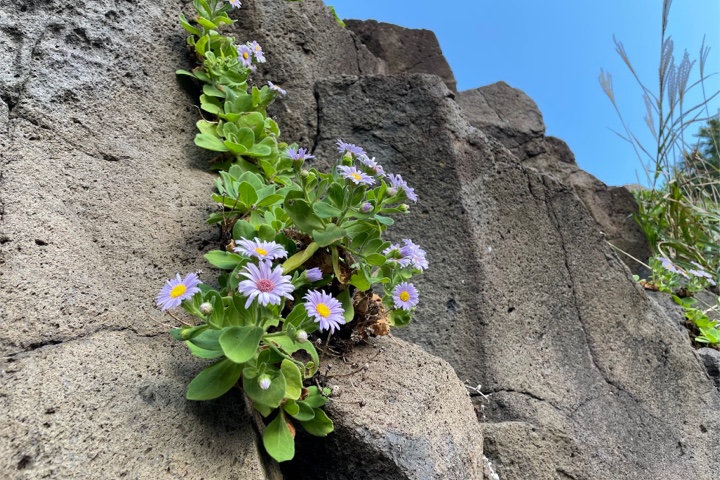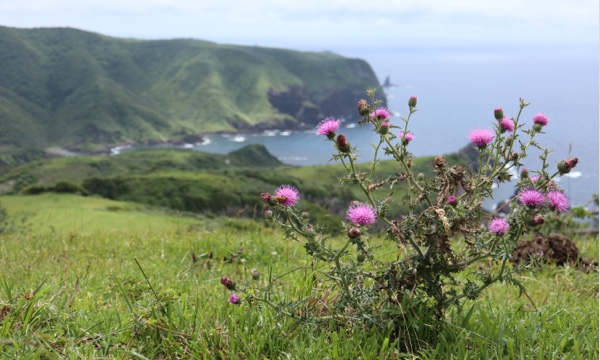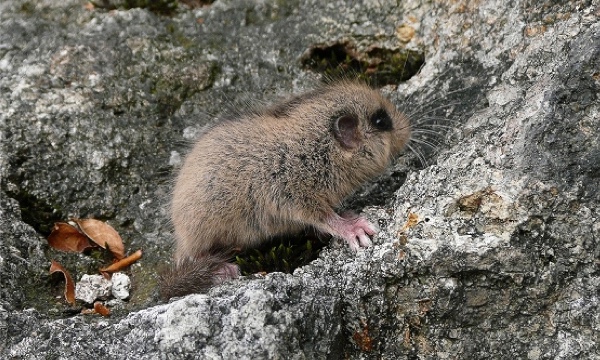After experiencing a number of different periods, Oki became remote islands around 10,000 years ago.
The history and geology of the land have nurtured the unique ecosystem of the Oki Islands, which still exists today.
The natural features of the Oki Islands UNESCO Global Geopark are said to be "mysterious," even from a global perspective. Plants that can usually be found in Hokkaido (northern Japan) and those found in Okinawa (southern Japan) grow in the same place; continental plants, subalpine plants, and also plants that survived the ice age coexist in the lowlands along the coast. The reason behind this is yet to be elucidated, and many mysteries are still concealed.
The distribution of plants as such also affects insects and other animals. In addition to insects usually found on the Asian continent, the mixture of marine creatures from the south and the north can also be observed.

Unique Ecosystem
After experiencing a number of different periods, Oki became remote islands around 10,000 years ago.
The history and geology of the land have nurtured the unique ecosystem of the Oki Islands, which still exists today.
Characteristics of the Oki Islands' Ecosystem
Unraveling the Mysteries of the Oki Islands' Ecosystem
How was the mysterious ecosystem of the Oki Islands created?
Recent research is beginning to unravel the factors behind it.

The Ecosystem of the Oki Islands
Learn some of the factors behind the mysterious ecosystem of the Oki Islands, which are gradually being revealed by recent research studies.

Flora and Fauna of the Oki Islands
Meet the flora and fauna living in the Oki Islands, including endemic species, vegetation, and marine life.




